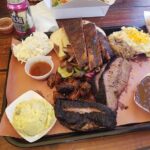Germany Food offers a diverse and exciting culinary landscape that extends far beyond the typical expectations. At FOODS.EDU.VN, we will explore German cooking, delving into classic dishes, regional specialties, and of course, the beloved beer culture. Join us as we uncover the savory treasures of German cuisine, from hearty meals to delectable desserts.
1. Top 10 Must-Try Traditional Germany Food
Germany boasts a rich culinary heritage, with dishes that reflect the country’s history and regional diversity. When visiting Germany, experiencing the authentic cuisine is essential. Here are ten traditional dishes that should be on every foodie’s list, each providing a unique taste of German culture. These culinary staples showcase the breadth and depth of German culinary traditions.
1.1 Brot & Brötchen: The Heart of German Cuisine
Bread (Brot) and bread rolls (Brötchen) are foundational elements of German food. Eaten throughout the country, these are integral to most meals, especially breakfast and dinner. Germans enjoy a wide variety of breads, including grain, pumpernickel, rye, and white bread. Compared to breads from Italy, Spain, or France, German bread is typically heavier and more substantial.
1.2 Käsespätzle: Germany’s Comfort Food
Originating from southwestern Germany, Käsespätzle is a comforting dish made by layering small Spätzle pasta with grated cheese and fried onions. Often served with a side salad and applesauce, this dish is a delightful alternative to macaroni and cheese, offering a depth of flavor unique to German cuisine. It’s a satisfying and flavorful meal that highlights the simplicity and richness of German comfort food.
1.3 Currywurst: Berlin’s Iconic Street Food
Currywurst is a staple of German street food, especially in Berlin. This dish features chopped sausages topped with a spicy ketchup-based sauce and curry powder. While not a meal typically prepared at home, Currywurst is a popular on-the-go snack. Despite its modest nutritional value, this flavorful combination of sausage, chips, and spicy sauce is a favorite among locals and tourists alike, especially after enjoying a few pilsners.
1.4 Kartoffelpuffer & Bratkartoffeln: Potato Perfection
Kartoffelpuffer resembles a Swiss Rösti: a shallow-fried pancake made from grated potatoes, egg, and flour. It can be enjoyed for breakfast with eggs and bacon, as a side dish with meat for lunch or dinner, or simply with applesauce. Bratkartoffeln, similar to sautéed or hashed potatoes, are small potato chunks or chips parboiled and then fried with onion and bacon. Both dishes are versatile and can be enjoyed at any meal.
1.5 Rouladen: A Celebratory German Dish
Rouladen is a traditional German main dish consisting of bacon and pickles wrapped in thin slices of beef or veal. Often served with gravy, dumplings, mashed potatoes, and cabbage, this dish is a favorite for family gatherings and holiday celebrations. While its origins are believed to be French, Rouladen has become a beloved part of German culinary tradition.
1.6 Schnitzel: The German Classic
A Schnitzel is made by tenderizing a piece of meat—chicken, beef, veal, or pork—coating it in egg, flour, and breadcrumbs, and then frying it in oil. Similar to a French escalope, Schnitzel originated in Austria but is a staple in German cuisine. Commonly served in bars, restaurants, and fast-food eateries, Schnitzel with fries is a satisfying and popular choice.
1.7 Eintopf: A Hearty One-Pot Wonder
An Eintopf is a one-pot stew that can include a variety of ingredients such as broth, vegetables, potatoes, and meat. Sometimes it includes pulses like lentils and is usually served with bread (mit Brot). Eintopf variations differ regionally, making it a versatile dish enjoyed across Germany. This easy-to-make meal is a great introduction to German cooking for beginners.
1.8 Sauerbraten: The Sour Roast Delight
Sauerbraten is a German pot roast, translating literally to sour roast. The sourness comes from pickling the meat in a sweet and sour gravy-like sauce before it is slowly roasted. Meats used are typically veal, beef, or pork, marinated for days or even weeks. Sauerbraten is a popular dish throughout Germany and German-speaking countries, known for its tender texture and rich flavor.
1.9 Brezel: The Iconic German Pretzel
Brezel is the German word for pretzel. These are available at bakeries and street stalls. A Brezel is made from a long strip of dough, folded into a knot, boiled, and then baked. This process results in a chewy brown crust and a soft, fluffy interior. Typically flavored with salt, seeds, or cheese and served with a mustard dip, pretzels are a beloved snack. The origin of the Brezel is debated, but they are closely linked to Christian celebrations, with the knot shape symbolizing the Holy Trinity.
1.10 Schwarzwälder Kirschtorte: Black Forest Gateau
This delicious cake, known as Black Forest Gateau, features layers of chocolate sponge, cherries, jam filling, and cream. Originating from the Black Forest region in southwestern Germany, Schwarzwälder Kirschtorte is a popular choice for Kaffee und Kuchen, the German tradition of enjoying cake and coffee in the afternoon, especially on weekends with family.
2. German Eating Preferences
Germans appreciate hearty, home-cooked meals, particularly the national and regional dishes highlighted above. They are also increasingly embracing international cuisine, especially in cosmopolitan cities. Turkish food is particularly popular, thanks to Germany’s large Turkish community. In fact, the Döner Kebab was invented in Berlin, becoming a quintessential part of German street food culture. This openness to global flavors adds vibrancy to the German culinary scene.
3. Typical German Beverages
Germans enjoy a variety of drinks throughout the day, both with meals and at other times. They tend to have a balanced approach to alcohol consumption, prioritizing the taste and experience. The legal drinking age is 16 for beer and wine and 18 for spirits and liquor. Let’s explore the most popular German beverages, from coffee to beer.
3.1 What Germans Drink Throughout the Day
Coffee (Kaffee) is a staple in Germany, enjoyed in large quantities throughout the day. Tea (Tee) is also gaining popularity. Black filter coffee is typical in the morning, while coffee with milk or cream is common during Kaffee und Kuchen. Apple juice and sparkling water are frequently consumed with meals. Juice mixed with carbonated water (Schorle) is a refreshing and popular choice. Alcohol consumption is prevalent among adults, with beer, schnapps, brandy, and German wines like Riesling enjoyed in bars, restaurants, and at home.
3.2 Most Popular German Drink
The most popular alcoholic drink in Germany is beer, while the most popular non-alcoholic drink is coffee.
4. German Beer: A Cultural Icon
Beer holds a significant place in German culture. Germany is the third-largest beer-drinking country in Europe, with the average German consuming around 104 liters per year. In bars, beer is typically served in 300 ml or 500 ml tulip glasses, or in half-liter or full-liter steins. A stein is a handled tankard made of ceramic or metal, though glass is more common today. These vessels sometimes have levered lids, which are believed to have originated during the Black Death to protect the beer from flies.
Germany is one of the world’s oldest beer-brewing countries, with the earliest commercial brewery believed to have been in an 11th-century Benedictine Abbey, Weihenstephan, which still operates today. Originally, beer was brewed in homes, but monks improved the process, taste, and purity, modernizing beer production throughout the Middle Ages. These medieval practices are still often used today.
4.1 German Beer Purity Law
In 1516, the Reinheitsgebot, or purity law, was established, dictating that only water, hops, and barley could be used in beer. Later, yeast was added as a fourth sanctioned ingredient. This 500-year-old law is still practiced today, although those producing beer for export may add other ingredients. This commitment to purity reflects Germany’s dedication to quality and tradition in brewing.
4.2 Types of German Beer
With a vast array of beers, you could drink a different German beer every day for 15 years without repeating one. Here are some key varieties to know:
| Beer Type | Description | Characteristics |
|---|---|---|
| Pale Lager | The most common beer in Germany, including export, Helles, and pilsner beers. | Light body, hoppy flavor, ABV of around 4.5-5%. Pilsner accounts for almost two-thirds of beer consumed. |
| Dark Lager | Bitter, sweeter, and more malty. | Stronger, with ABVs ranging from 5% to 12%. Types include Altbier and Bock. |
| Wheat Beer | Also known as Weizenbier, Hefeweizen, or Weißbier. | Light-colored, top-fermenting, higher proportion of wheat to barley. Served in dedicated glasses. |
| Unfiltered Lager | Known as Kellerbier or Zwickelbier. | Naturally cloudy, less carbonated, stronger in taste. |
| Beer with Mixers | Beers mixed with soft drinks, like Radler (lemonade and lager), Russ (wheat beer and lemonade), Diesel (beer and cola). | Lighter, often sweeter variations. |
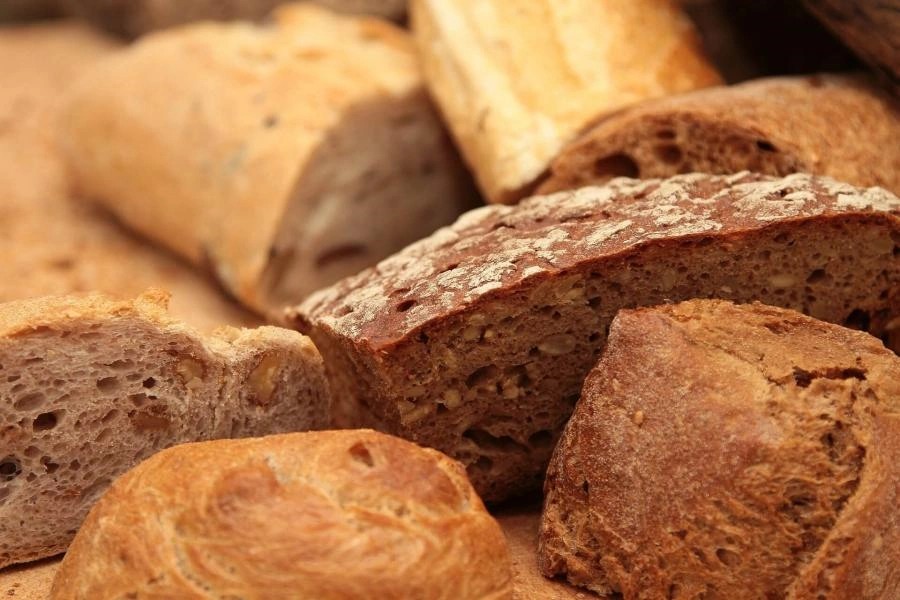
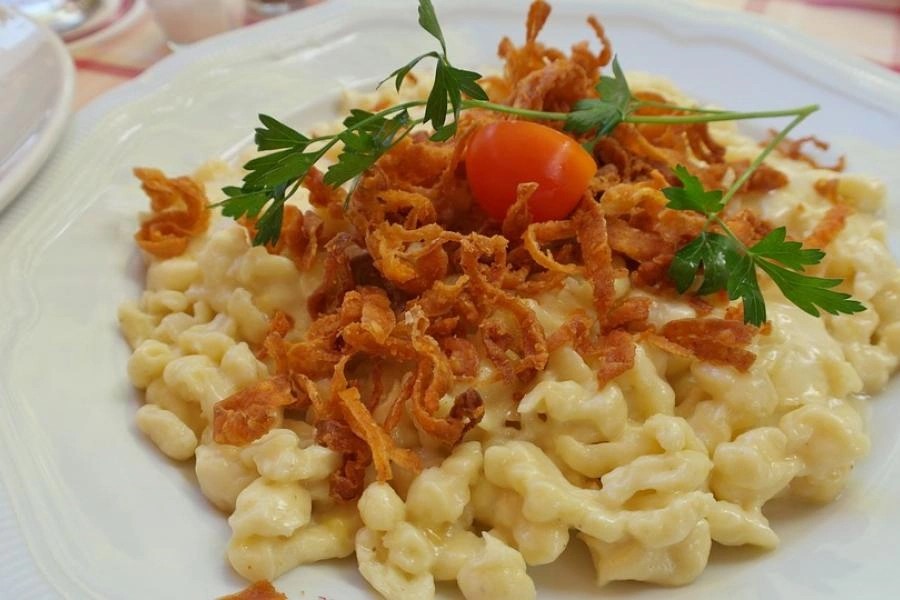
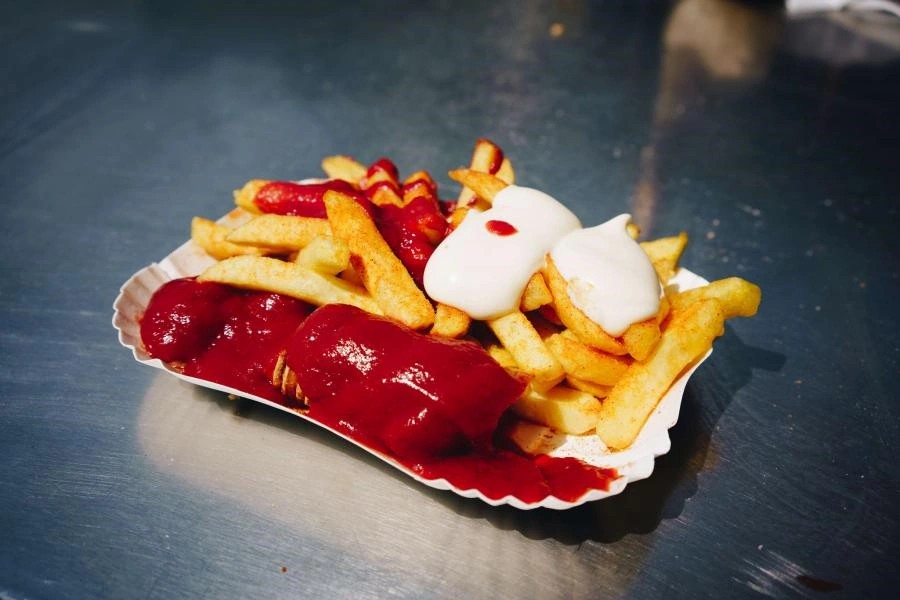
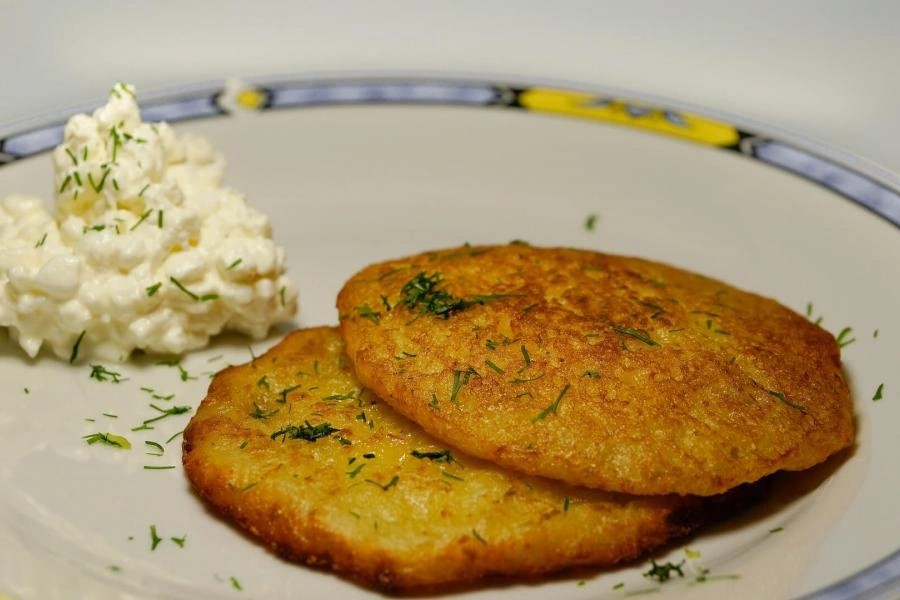
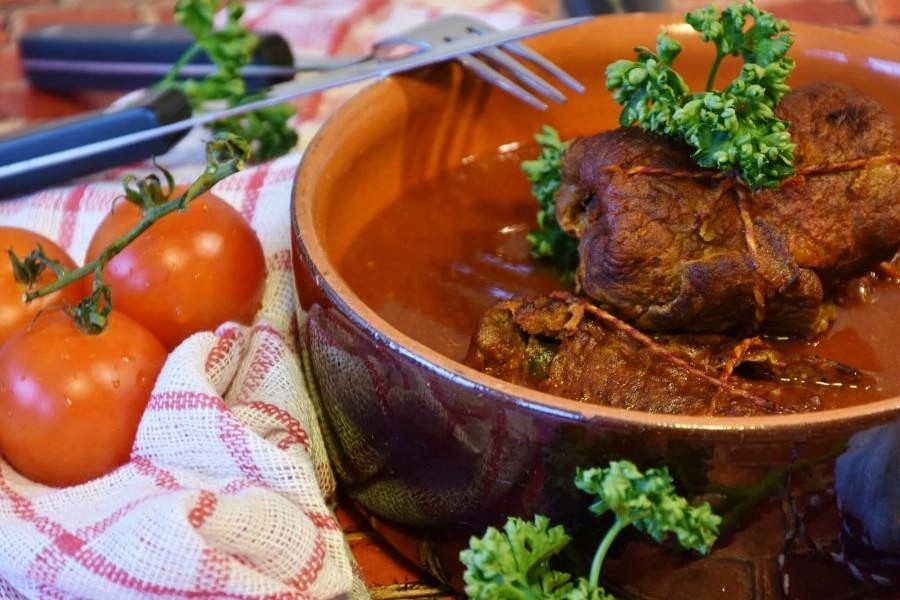
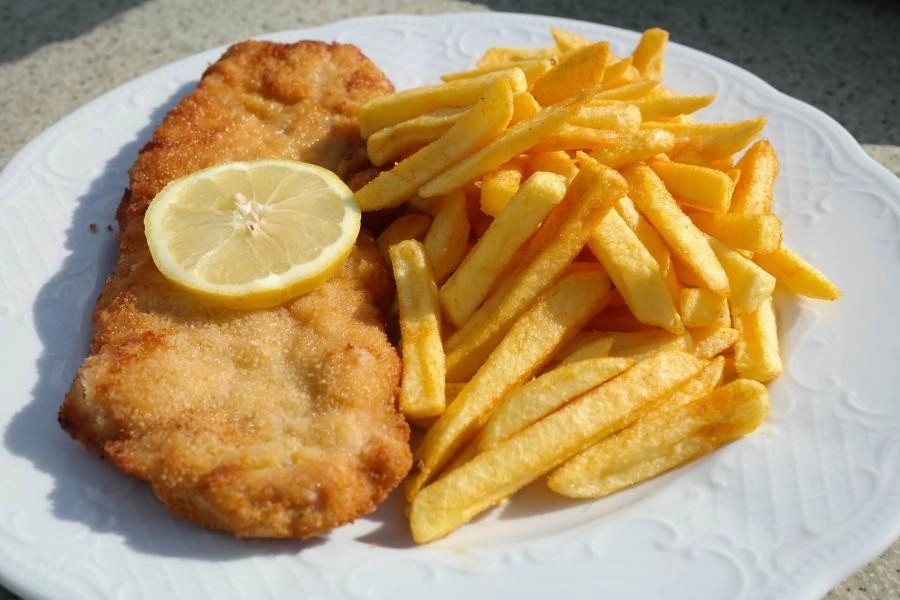
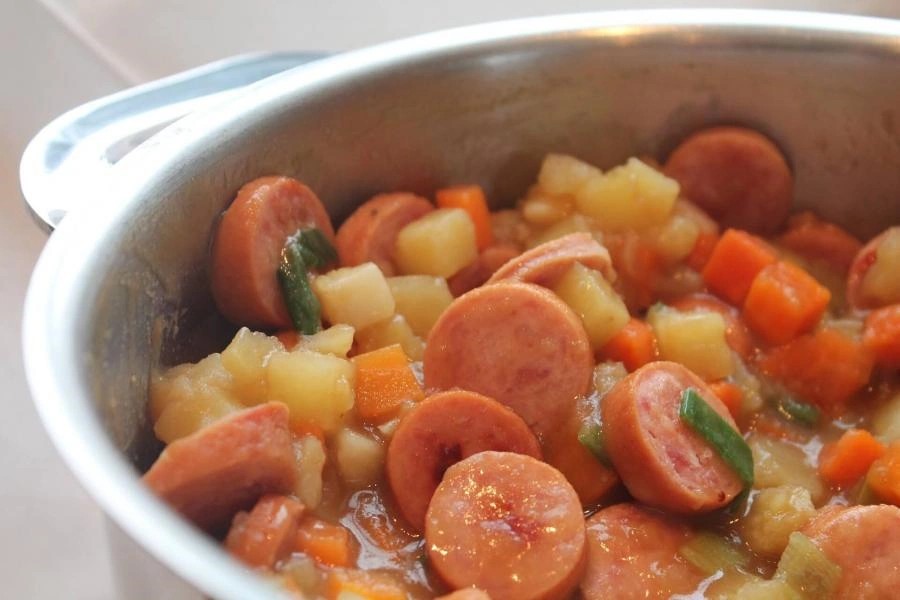
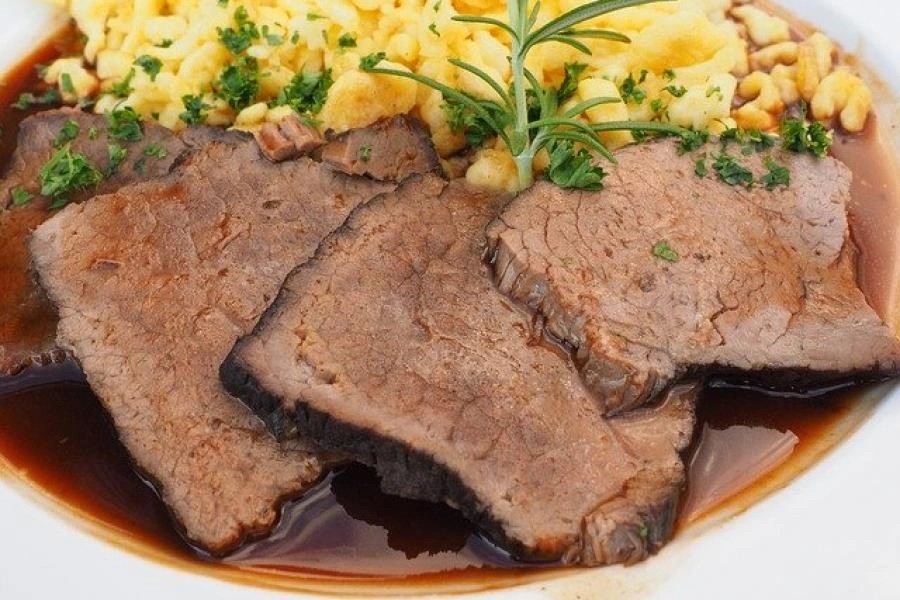
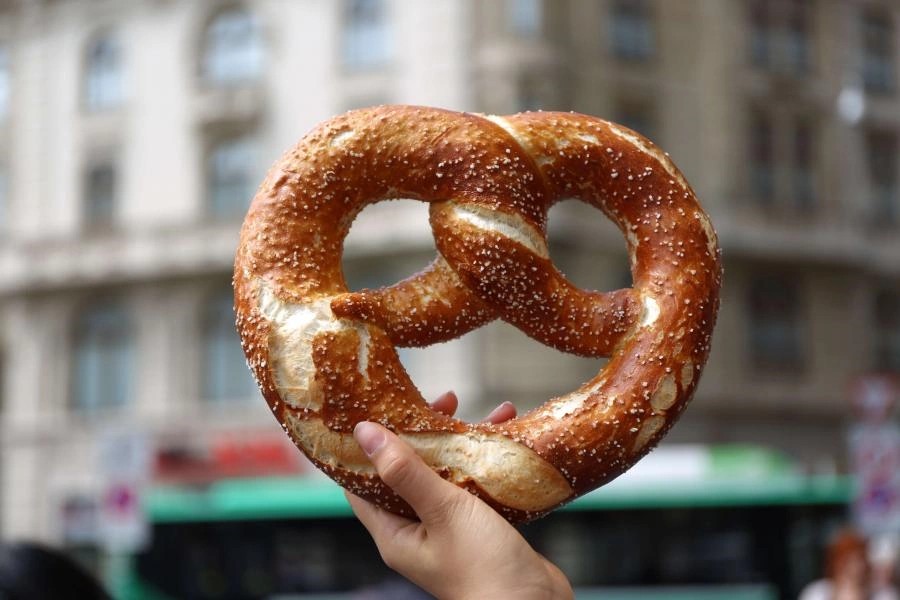
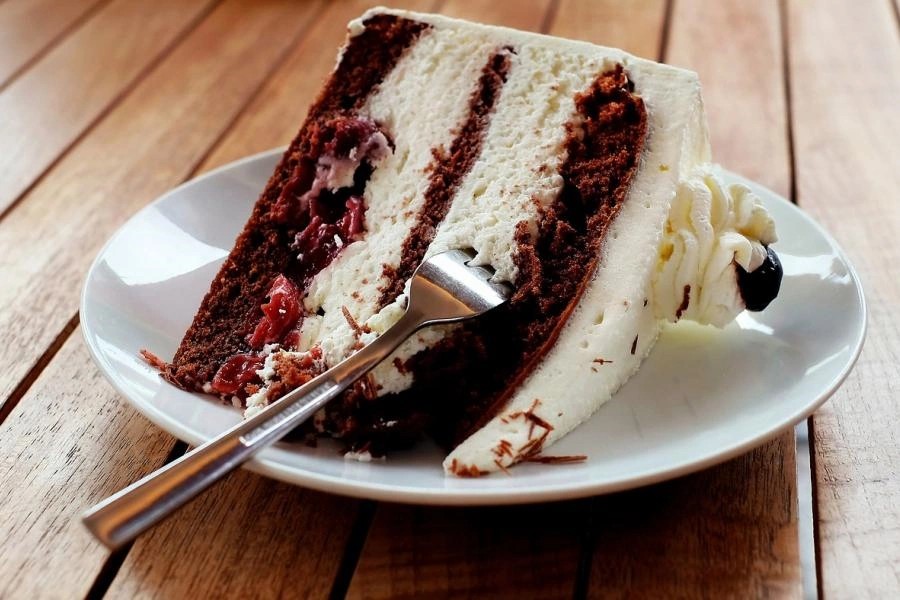
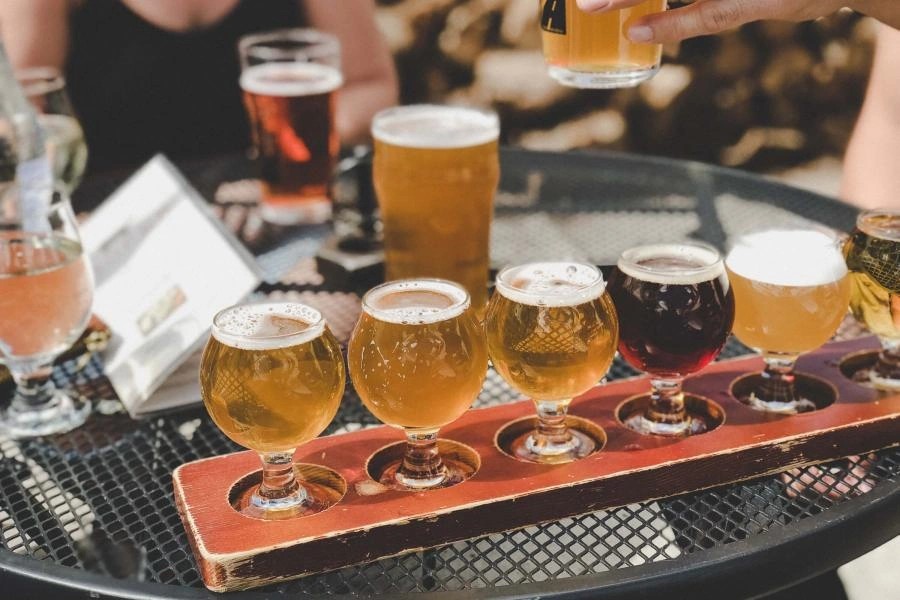
4.3 German Breweries
The biggest selling German breweries include Oettinger, Krombacher, Bitburger, and Radeberger. While the large commercial breweries are mainly in the north, the smaller, traditional breweries are in the south. In total, there are around 1,300 breweries in Germany, producing 5,000 brands of beer. Germany produces a third of the world’s beer and boasts 15,000 beer brands. Craft beer is also gaining popularity in trendy cities like Berlin.
4.4 German Beer Festivals
Traditional beer festivals occur around harvest time (late September, early October). The most famous is Munich’s Oktoberfest, attracting over six million visitors annually. Attendees dress in traditional Bavarian clothes and enjoy entertainment and a funfair. Only beer over 6% brewed in the Munich area is served. Each year, around seven million liters of beer are consumed at Oktoberfest. Other Oktoberfests take place in Stuttgart, Berlin, and Frankfurt.
4.5 Visiting a German Bar
When ordering beer in a German bar, asking for a ‘beer’ will likely result in a regional beer. To try something different, specify the type, such as a non-local wheat beer, dark beer, or pilsner. Visiting a town or city with a famous brewery offers a great experience, with tours often including free tasters.
5. Regional Cuisine and Specialties
Germany’s regional cuisines offer distinct flavors and dishes. Bavarian food centers on meat, especially sausages, goose, and pork. Proximity to Austria means Schnitzel is also common. In Baden-Wuertttemberg, the cuisine has a more refined French influence, including dishes like Maultaschen, a pasta similar to ravioli filled with meat, herbs, and spices.
The northern area on the Baltic Sea, Lower Saxony, is known for seafood such as rollmops and herrings. Cake is popular nationally, with regional variations like Schwarzwälder Kirschtorte from the Black Forest and Bee Sting cake (Bienenstich Kuchen) from Andernach, which was named after soldiers used bee hives as weaponry.
5.1 Main Food in Germany
Despite regional differences, some dishes like Rouladen, Sauerbraten, and Eintopf are enjoyed nationwide. Germany is particularly famous for Currywurst, sausages, pretzels, and Black Forest Gateau.
5.2 Traditional German Food for Christmas
German Christmas food typically includes roast duck, goose, or wild boar served with potato dumplings, red cabbage, and apple and sausage stuffing. Dessert often includes Stolle fruit cake or Lebkuchen biscuits.
6. Meal Structure in Germany
A typical German day of eating includes breakfast, lunch, and dinner, each with its own traditions and dishes.
6.1 Breakfast
Breakfast in Germany, called Frühstück, almost always includes a hot drink like tea or coffee. Breakfasts tend to be hearty, often with bread or rolls served with butter, jam, and marmalade. Sausage, eggs, cheese, and bacon are also common, as are potato pancakes. Cereal, especially muesli, or yogurt and fruit, is becoming increasingly popular, especially with the health-conscious youth. Orange juice is a common addition.
A second breakfast, known as Pausenbrot or Zweites Frühstück, is common, especially at school, and often consists of a small sandwich or some fruit.
6.2 Lunch
Lunch in Germany, called Mittagessen, is usually eaten between 12 pm and 2 pm. Germans traditionally enjoy their main cooked meal for lunch rather than dinner. Lunch is often served after a starter like potato salad.
Home-cooked lunches may include Eintopf, Rouladen, Schnitzel, or Sauerbraten, consisting of meat or fish served with potatoes, rice, or German noodles, along with vegetables and sometimes rolls (Brötchen). Those working in cities often opt for hot on-the-go options like Currywurst or Schnitzel with fries, due to their convenience and affordability.
6.3 Dinner
In Germany, the evening meal is called Abendessen or Abendbrot. Following a hearty lunch, Germans traditionally enjoy a lighter dinner with breads, hams, sausages, cheeses, and pickles. In winter, soup may be included. This cold buffet-style meal is usually shared with family and is served early evening around 6 or 7 pm.
However, due to modern work schedules, many Germans, especially in urban areas, have a lighter bread-based lunch, making dinner the cooked meal of the day. This may include meat or fish, vegetables, and potatoes. Many adults will enjoy a beer with their evening meal.
7. Unlocking German Culinary Secrets with FOODS.EDU.VN
Are you intrigued by the diverse and delightful world of Germany food? Do you find yourself yearning to recreate authentic German dishes in your own kitchen but feel overwhelmed by the complexity and lack of reliable resources? Look no further! FOODS.EDU.VN is your ultimate guide to mastering the art of German cuisine. We provide a treasure trove of detailed recipes, expert cooking tips, and in-depth knowledge about traditional German ingredients and techniques.
7.1 Why Choose FOODS.EDU.VN for Your German Culinary Journey?
- Authentic Recipes: Our recipes are carefully curated and tested to ensure they capture the true essence of Germany food.
- Expert Guidance: Our team of culinary experts offers step-by-step instructions and helpful tips to guide you through every recipe.
- Comprehensive Knowledge: Dive deep into the world of German cuisine with our articles on ingredients, cooking techniques, and regional specialties.
- Community Support: Connect with fellow food enthusiasts in our community forums to share your experiences, ask questions, and exchange culinary inspiration.
7.2 Ready to Embark on Your German Culinary Adventure?
Don’t let the complexities of German cuisine hold you back. Visit FOODS.EDU.VN today and unlock a world of culinary possibilities. Whether you’re a seasoned chef or a novice cook, our resources will empower you to create authentic and delicious German dishes that will impress your family and friends.
8. Frequently Asked Questions About Germany Food
Here are some frequently asked questions about Germany food, covering everything from popular dishes to dining customs. These FAQs provide quick answers to common queries, helping you navigate the world of German cuisine with ease.
Q1: What is the most popular food in Germany?
A: Currywurst, sausages, pretzels, and Black Forest Gateau are among the most famous Germany food items.
Q2: What is a typical German breakfast?
A: A hearty meal including bread, rolls, butter, jam, sausage, eggs, cheese, bacon, and a hot drink like coffee or tea.
Q3: What is the main ingredient in many German dishes?
A: Potatoes are a staple ingredient, along with meat, bread, and cabbage.
Q4: What is Germany’s favorite alcoholic drink?
A: Beer is the most popular alcoholic beverage in Germany.
Q5: What is Kaffee und Kuchen?
A: A German tradition of enjoying coffee and cake in the afternoon, especially on weekends.
Q6: What is Eintopf?
A: A one-pot stew with various ingredients like broth, vegetables, potatoes, and meat.
Q7: What is the German purity law for beer?
A: The Reinheitsgebot states that only water, hops, and barley can be used to brew beer (with yeast added later).
Q8: What is a popular German street food?
A: Currywurst, consisting of chopped sausage with spicy ketchup and curry powder.
Q9: What is the traditional Christmas meal in Germany?
A: Roast duck, goose, or wild boar served with potato dumplings, red cabbage, and apple and sausage stuffing.
Q10: What are some popular German desserts?
A: Black Forest Gateau (Schwarzwälder Kirschtorte) and Bee Sting Cake (Bienenstich Kuchen) are popular choices.
9. Conclusion: Explore the Flavors of Germany
Germany food offers a delightful journey through hearty, comforting, and flavorful dishes. From the iconic Currywurst to the rich Black Forest Gateau, German cuisine has something to offer every palate. At FOODS.EDU.VN, we invite you to delve deeper into the world of German culinary traditions and discover the delicious diversity that awaits. Whether you are a seasoned chef or a beginner, exploring Germany food is a rewarding experience that brings the warmth and flavors of Germany to your table. Discover more about German cuisine and culinary techniques by visiting foods.edu.vn at 1946 Campus Dr, Hyde Park, NY 12538, United States, or contact us via Whatsapp at +1 845-452-9600.

